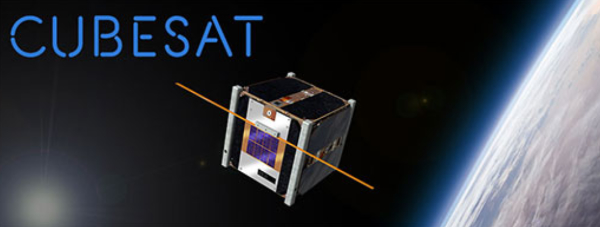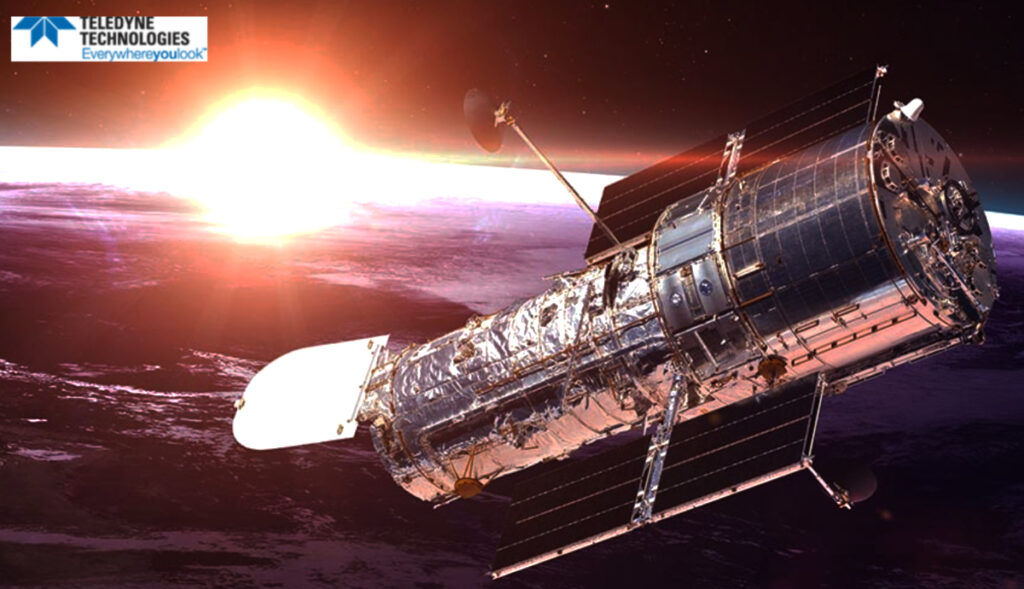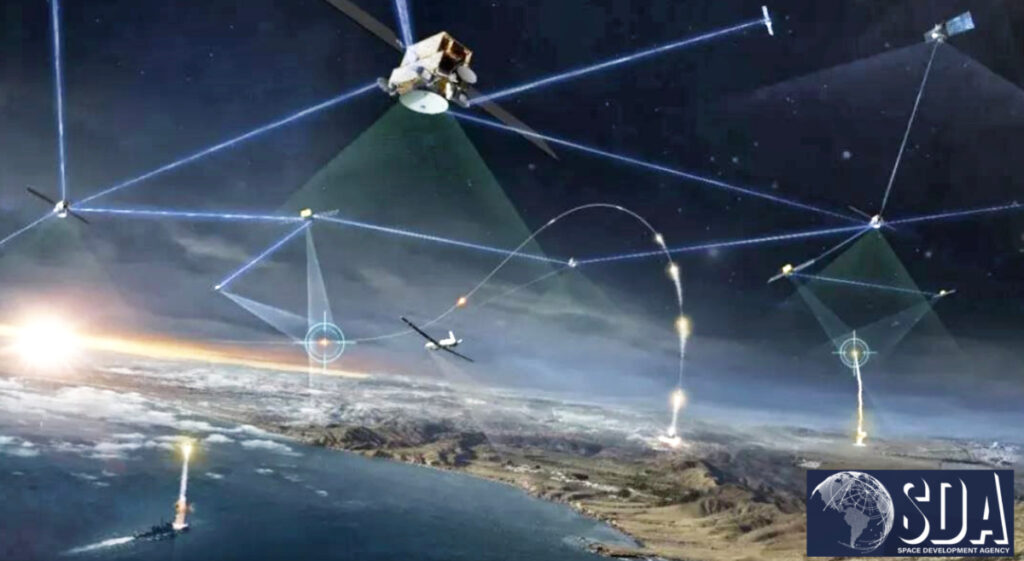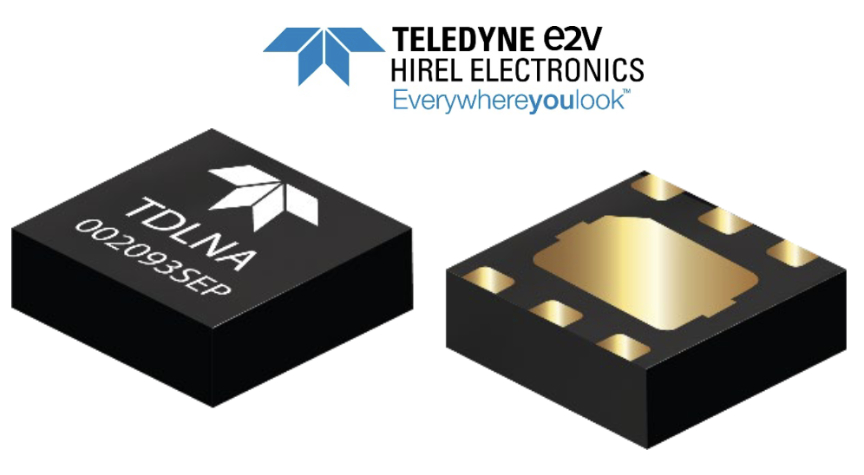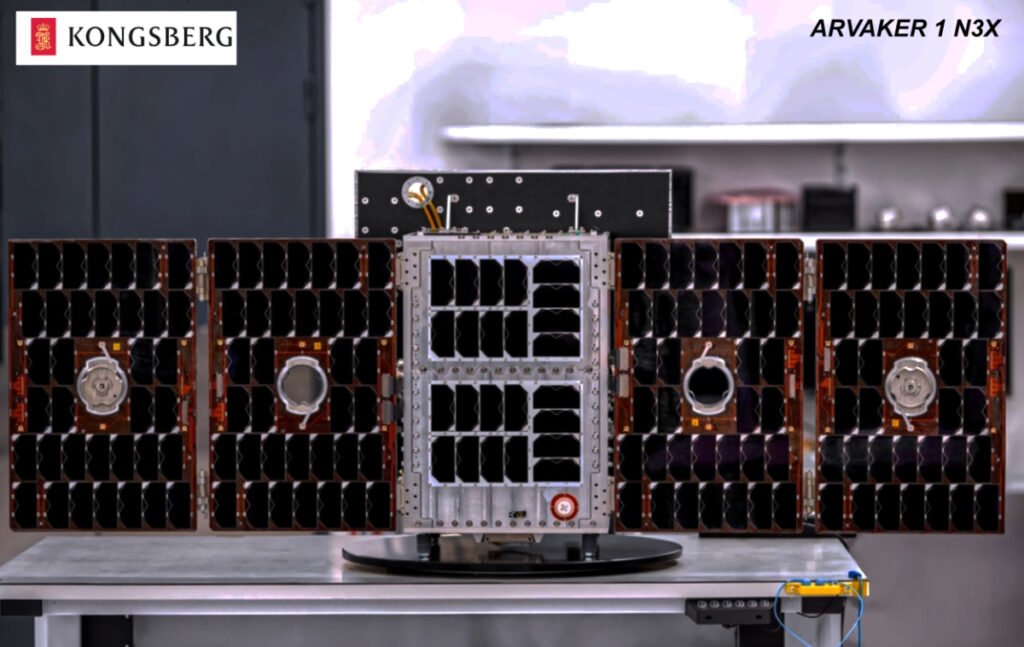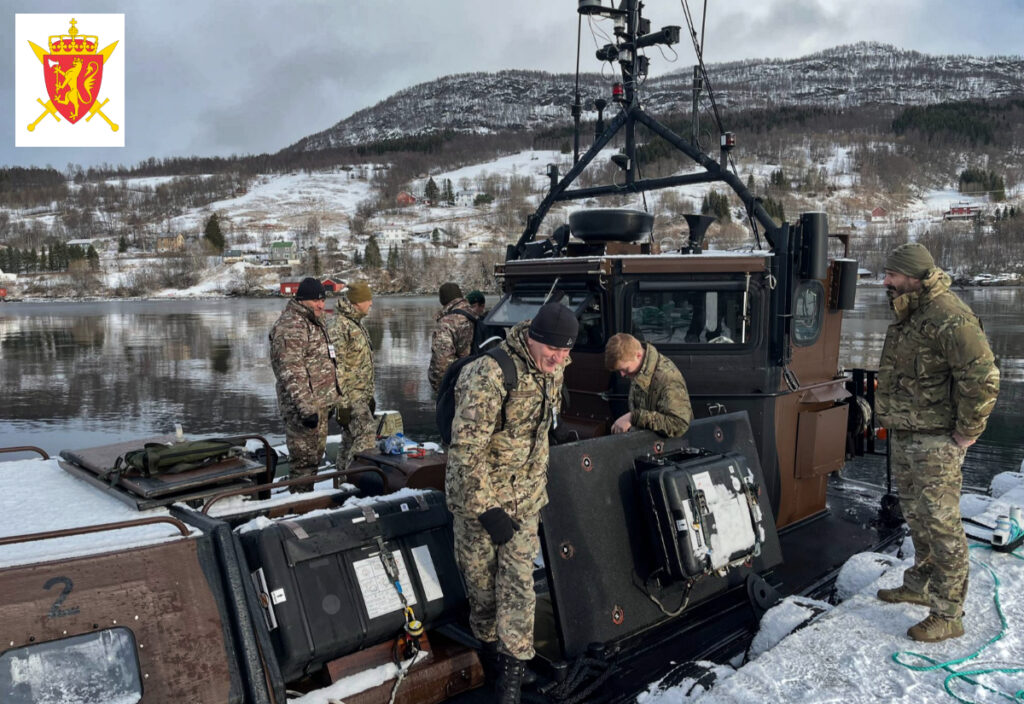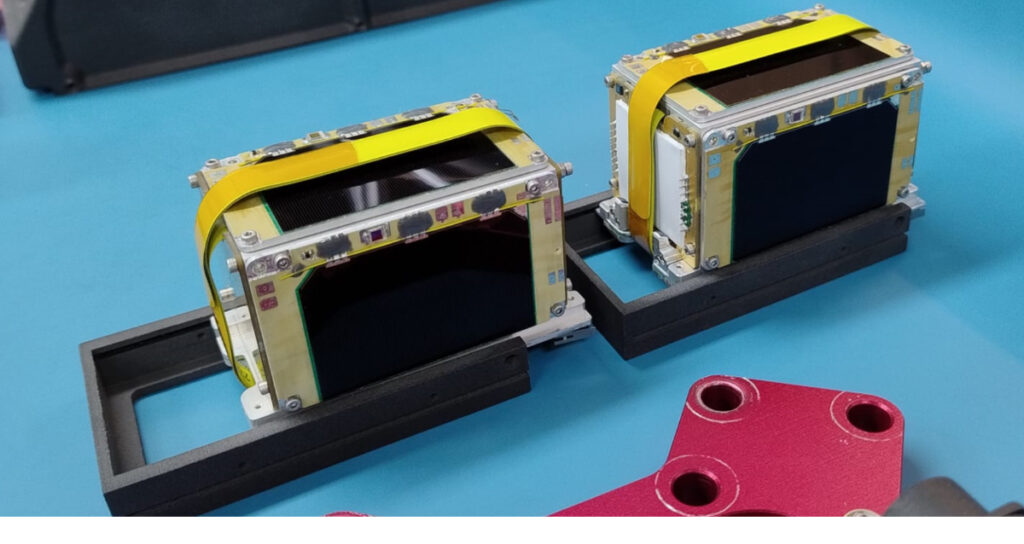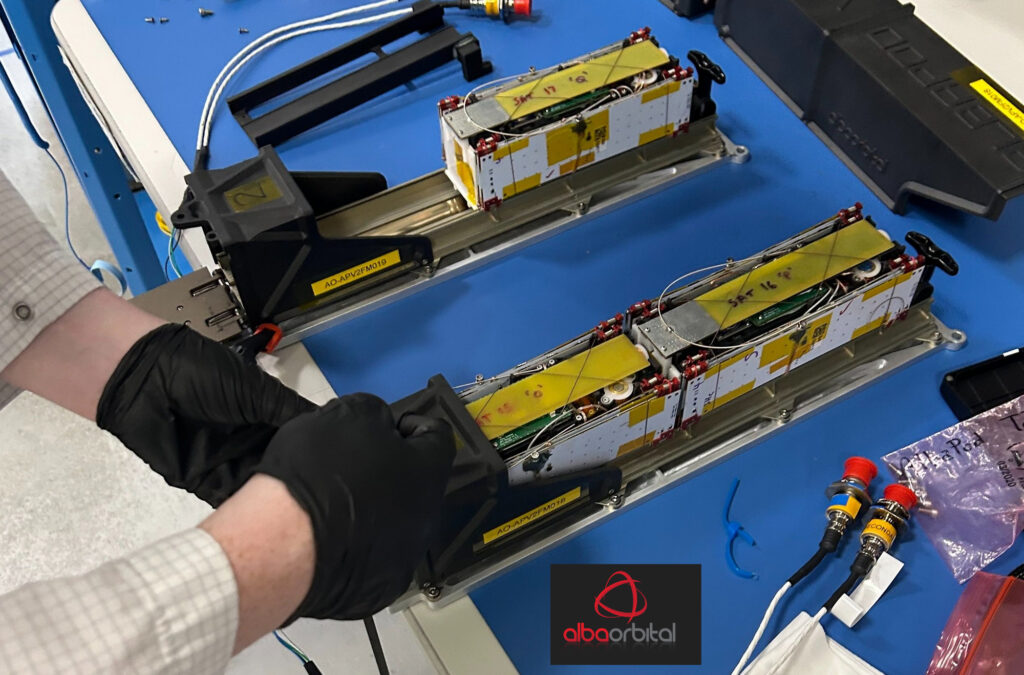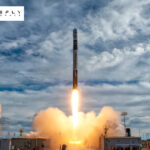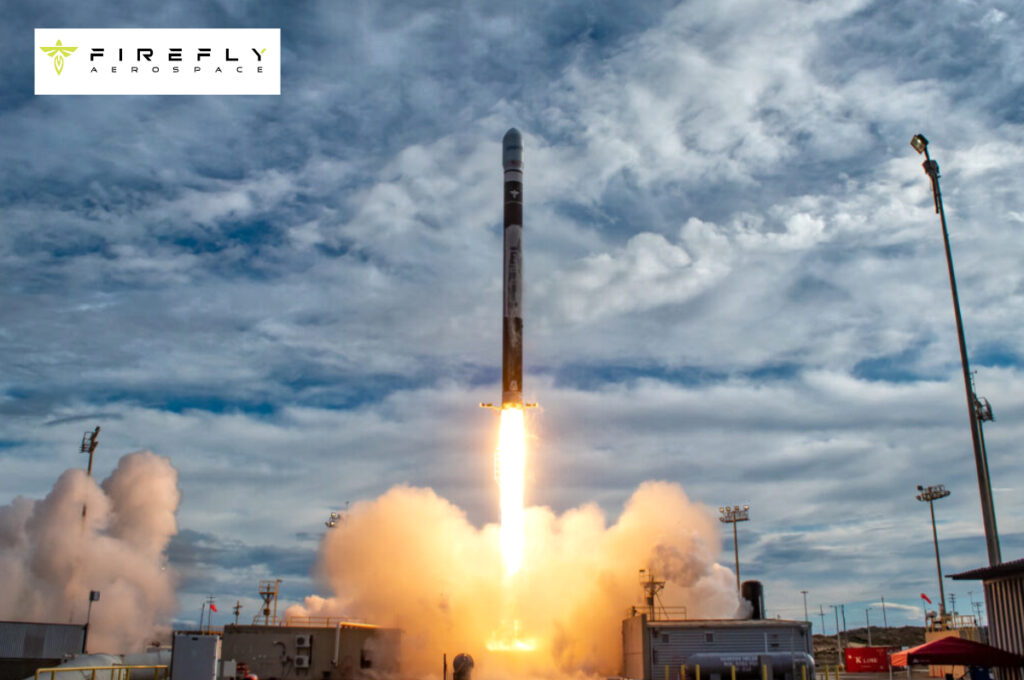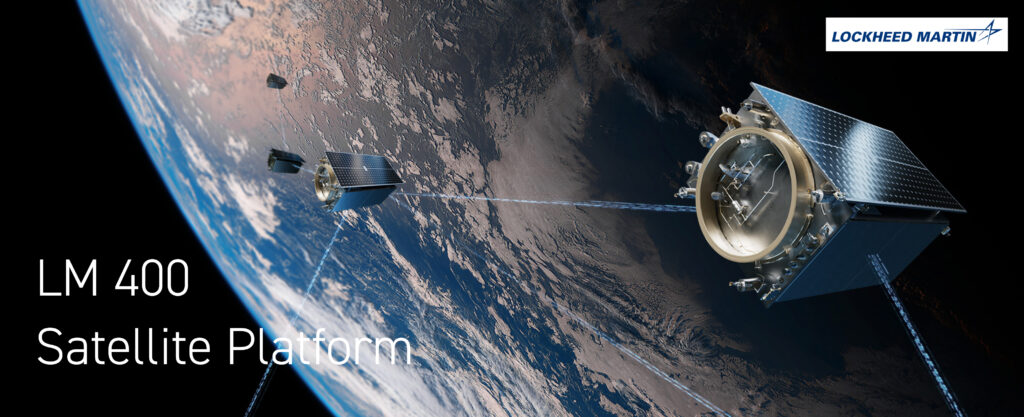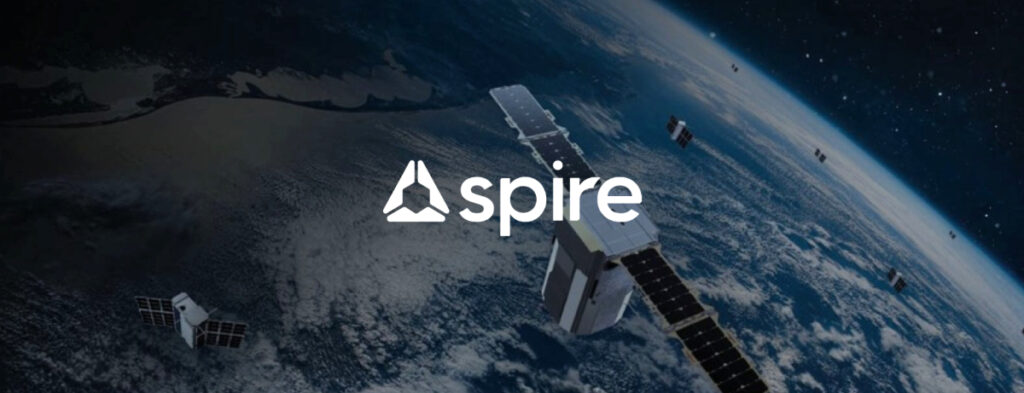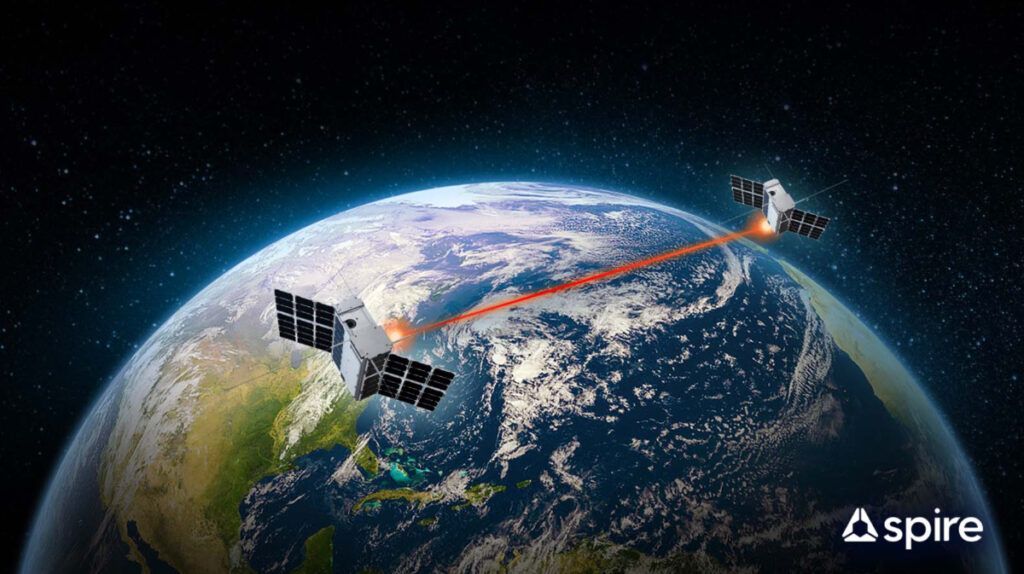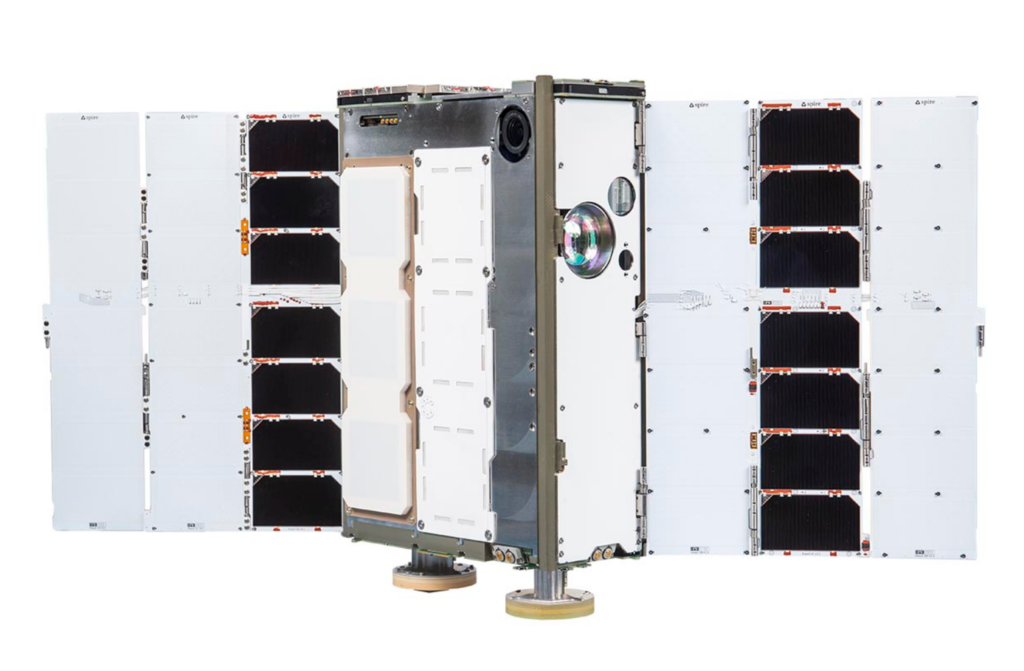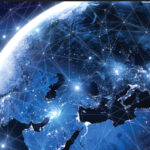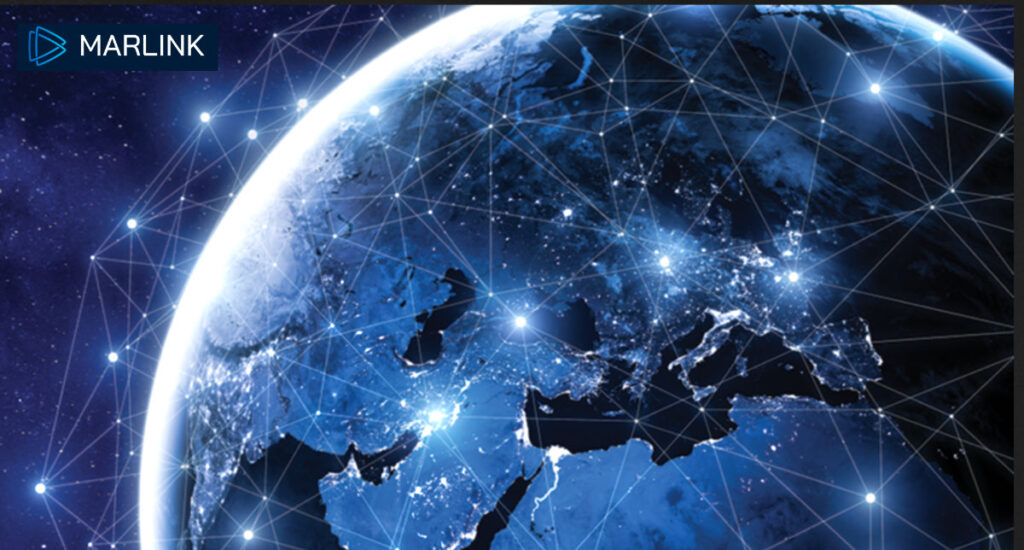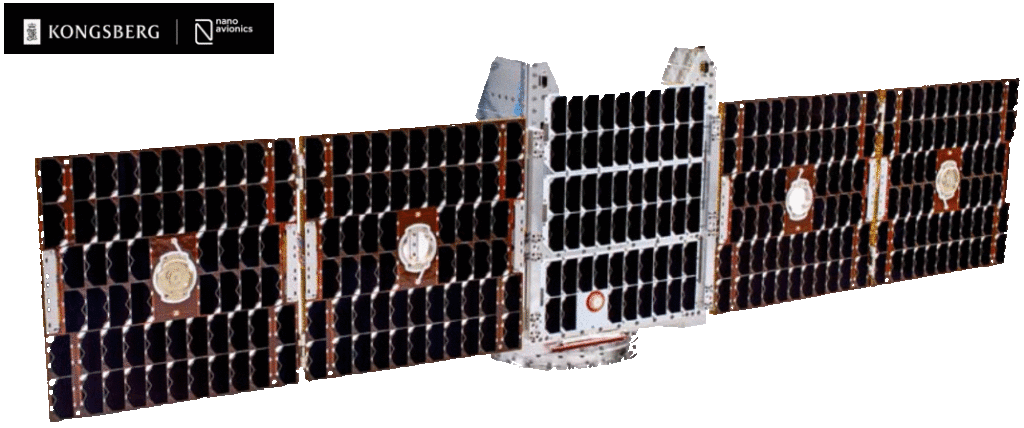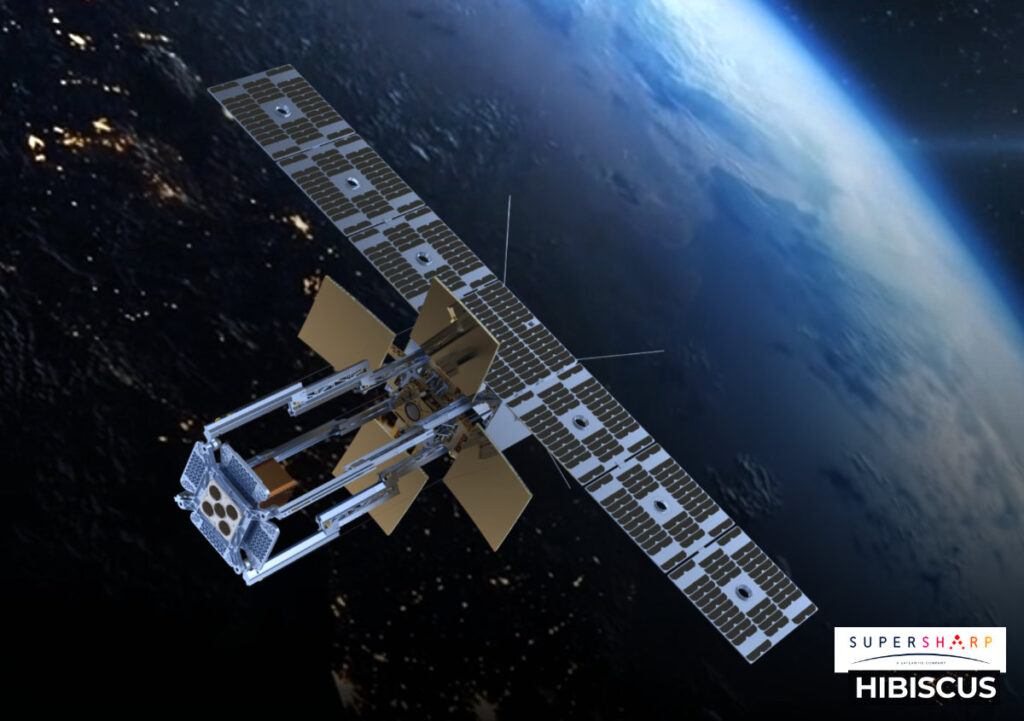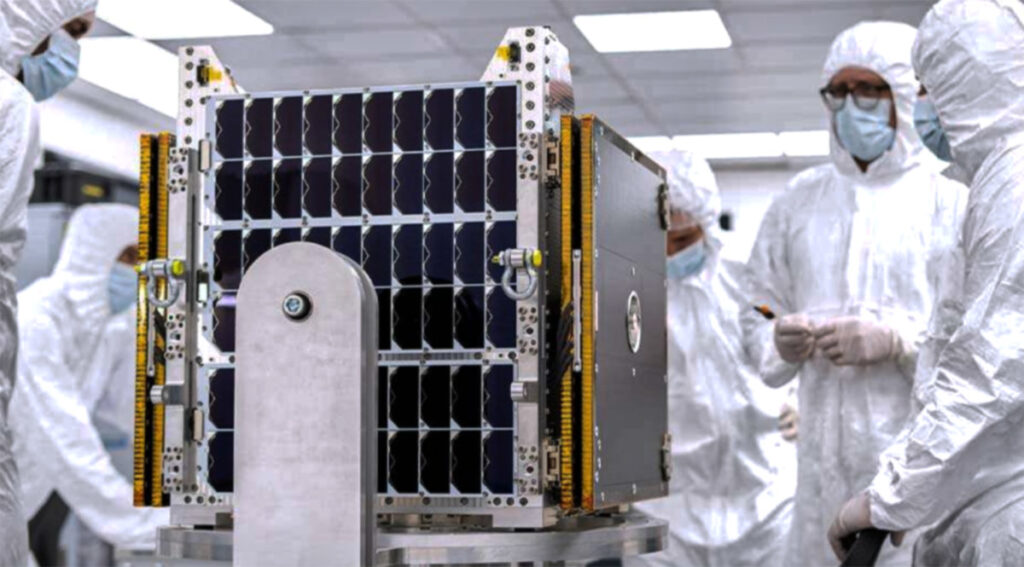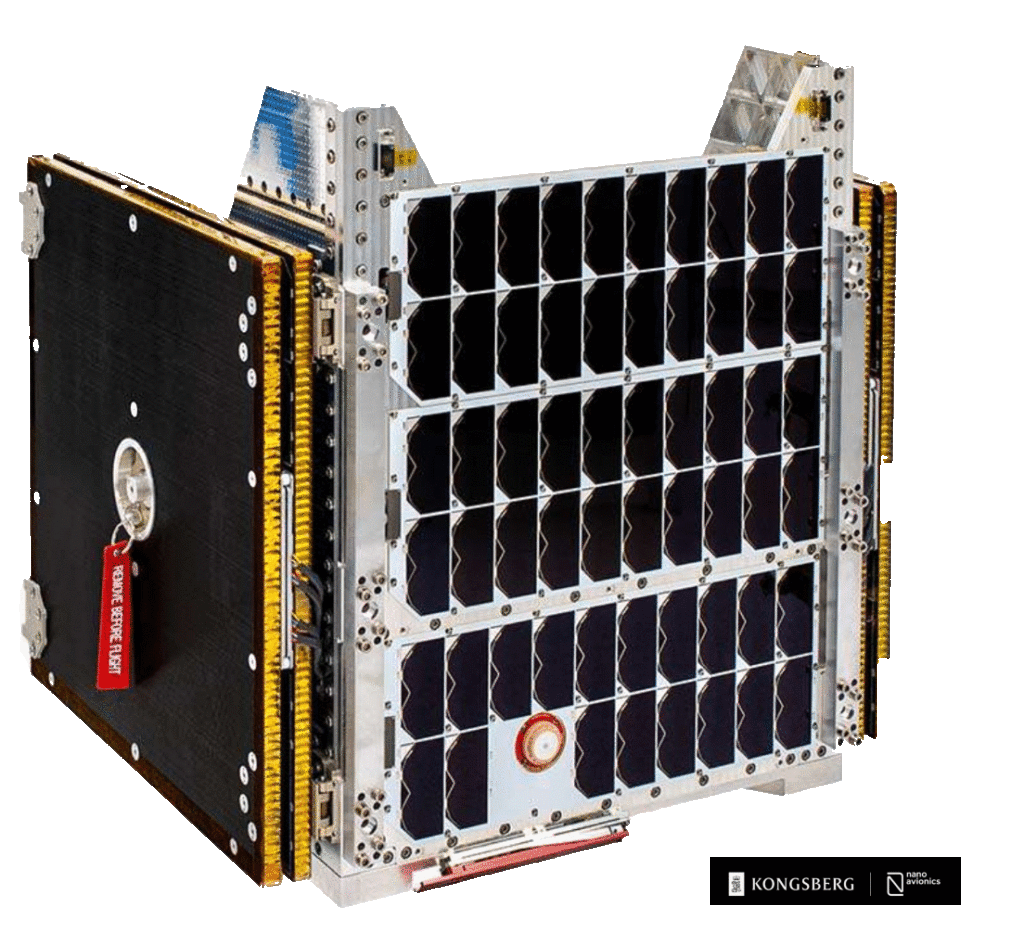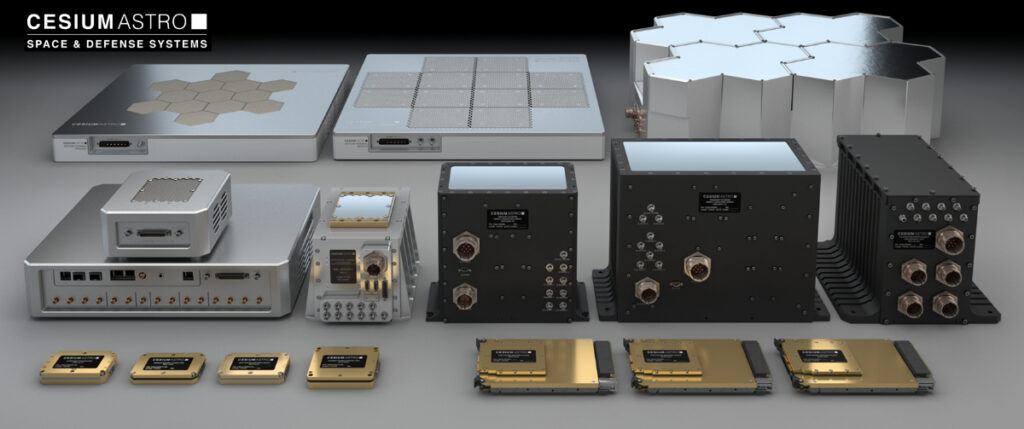
CesiumAstro has entered into a contract with the Taiwan Space Agency (TASA) to deliver software-defined radio (SDR) space communications payloads and ground user terminals for Taiwan’s first LEO communications satellite constellation.
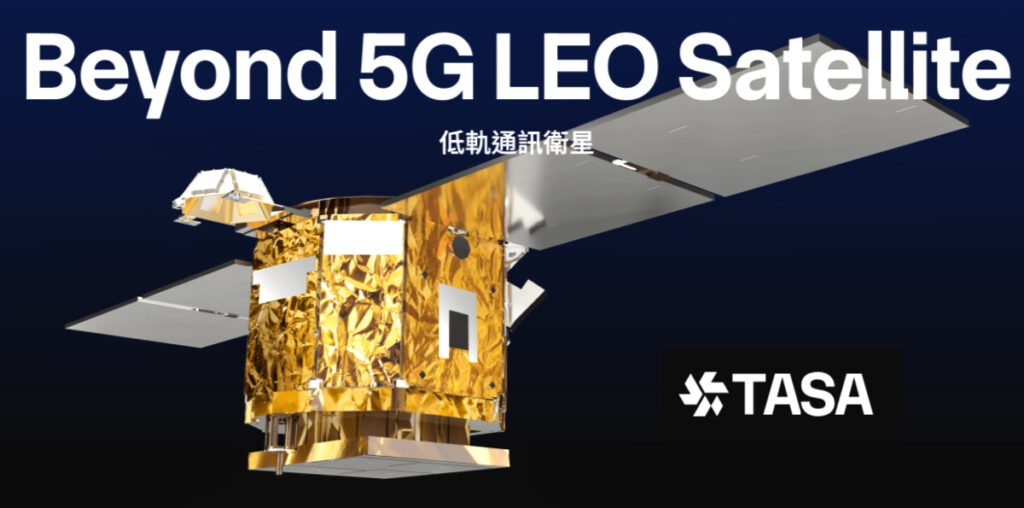
This contract marks a major milestone in Taiwan’s effort to build sovereign LEO communications infrastructure and accelerate the deployment of its indigenous satellite communications network. The Beyond 5G LEO Satellite (B5G) program will receive both space- and ground-based active phased array systems from CesiumAstro, including its Vireo Ka space payload and Skylark user terminal.
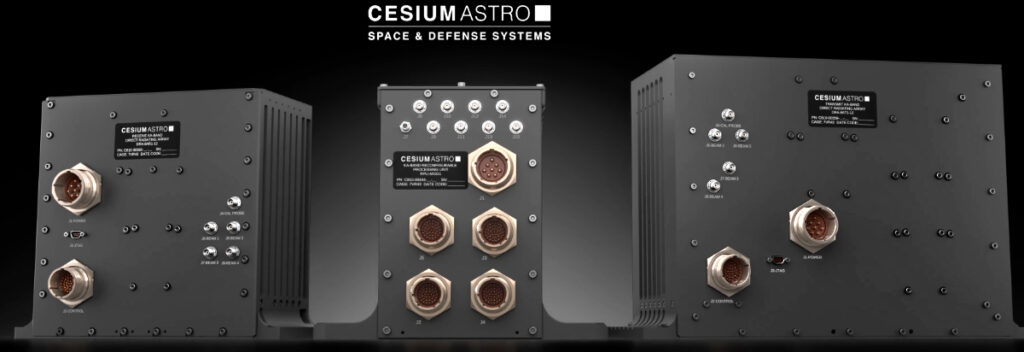
The B5G satellites are a critical step in establishing Taiwan’s capacity to design, manufacture, and operate LEO communications satellites. CesiumAstro’s contributions will include a complete space payload leveraging its Vireo Ka active phased array technology, with support for multiple independently steerable beams, real-time reconfigurability, and high-throughput performance.
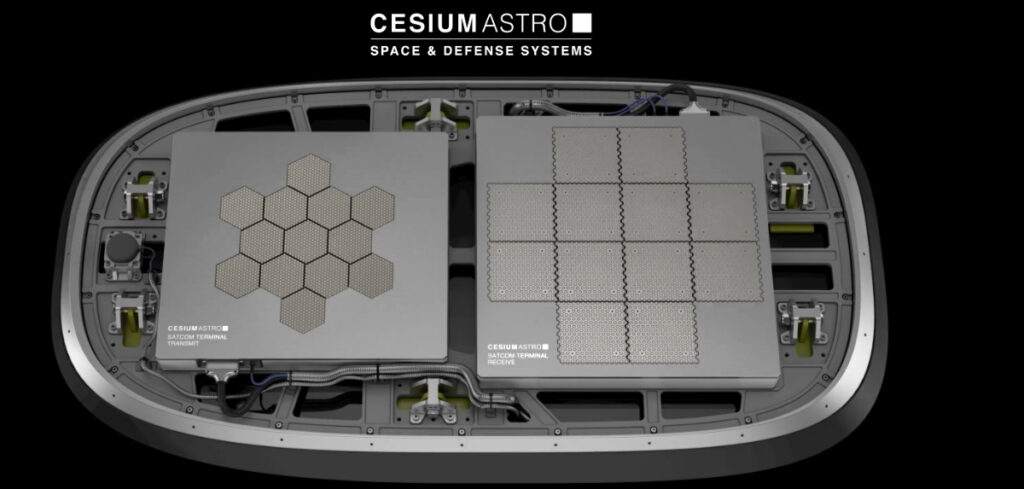
Complementing the space segment, CesiumAstro will also deliver Skylark ground terminals, designed to support resilient user-side connectivity across a range of mission profiles.
The B5G program is led by the Taiwan Space Agency and forms part of Taiwan’s National Space Technology Long-Term Development Plan which prioritizes domestic resilience and global competitiveness in emerging technologies, including space-based communications.
We are honored to support TASA’s vision for next-generation communications,” said Shey Sabripour, Founder and CEO of CesiumAstro. “Our modular, flight-proven payload technologies align with TASA’s goals for performance, flexibility, and future scalability, and we look forward to delivering systems that support their ambitions for 5G and beyond.”
As Taiwan invests in secure, sovereign communications infrastructure, CesiumAstro is proud to contribute best-in-class technology and a commitment to mission success,” said Trey Pappas, Chief Revenue Officer at CesiumAstro. “This contract reflects the growing international demand for proven, reconfigurable space communications systems.”
About CesiumAstro
CesiumAstro, headquartered in Austin, Texas, is a leader in advanced connectivity solutions for ground, air, and space. With additional facilities in Colorado, California, the United Kingdom, and Germany, the company delivers end-to-end solutions encompassing satellites, high-performance communications payloads, and advanced computing systems. The company’s full-stack, multi-mission hardware and software serve diverse commercial, government, and defense applications. CesiumAstro maintains complete vertical integration with in-house design, manufacturing, and testing capabilities certified to AS9100D/ISO 9001:2015 standards.
About TASA
The Taiwan Space Agency (TASA) oversees Taiwan’s space affairs. Established in 1991, it became an administrative corporation under the National Science and Technology Council (NSTC) in 2023. TASA has developed independent satellite capabilities, leading programs like FORMOSAT-1, 2, 3, 5, 7, and Triton for scientific research, optical remote sensing, and meteorology. Looking ahead, TASA is advancing Taiwan’s space industry through initiatives such as FORMOSA-8 satellites, FORMOSA-9 satellites, experimental Beyond 5G (B5G) communication satellites, optical laser communication technology, a small launch vehicle program, and a national launch site.








